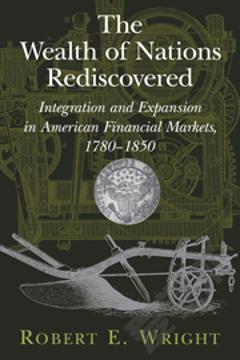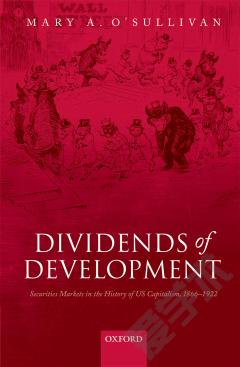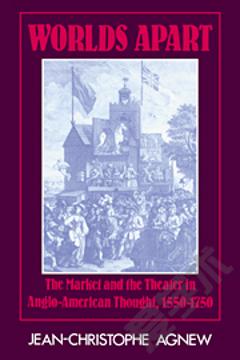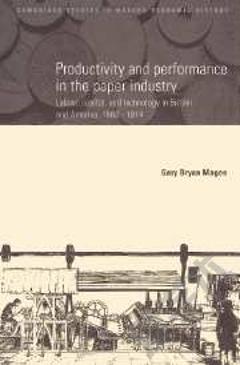Evolving Financial Markets and International Capital Flows: Britain, the Americas, and Australia, 1865–1914
Evolving Financial Markets and International Capital Flows: Britain, the Americas, and Australia, 1865-1914 By Lance E. Davis and Robert E. Gallman. New York: Cambridge University Press, 2001. Pp. vii, 986. $100.00. The economic history team of Lance Davis and Robert Gallman produced some of the most innovative and productive efforts in the field over the four-plus decades of their joint efforts. When flying solo, Davis focused on the innovations that arise over time in financial institutions and markets that help finance investment in the real economy, while Gallman measured how the real economy grew over time, especially in terms of capital formation. When teaming up, they showed how financial innovations increased the supply of savings in the American economy, which then led to sustained high levels of capital formation, which in turn helped generate the ongoing economic miracle of the American economy. Sadly, Robert Gallman passed away before this final work appeared in print. Happily, it stands as the magnum opus of their collaborative efforts. The ambition of this book is to document the "natural experiment" in generating the institutional innovations necessary to finance the capital flows needed to exploit the natural resources of four frontier economies in the late nineteenth century-the United States, Canada, Australia, and Argentina. All four benefited greatly from the sustained capital flows emanating from Great Britain, as is well known. How greatly? Table after table calculates the contribution that British savings made to the flow of foreign savings coming to each economy in each decade from 1870 to 1914. Then the contribution of all foreign savings to each economy and the share of domestic savings are calculated. Basically, the authors find that Britain's contribution toward financing capital formation rose sharply from around 10 to 20% for the United States to steadily increasing proportions for Canada, Australia, and then Argentina over the course of the late nineteenth century, the period of the world's first global financial market centered in the City of London. What makes this finding especially interesting is that all four frontier economies had the opportunity to adopt British financial institutions, then the most advanced and effective in the world. But, as rich and diverse as the British financial sector was, as detailed in Chapter 2, each frontier country adopted for its own purposes just the one aspect of the British financial system that seemed most useful for financing construction of that country's railroad network. The United States picked British-style merchant banks, building on its long history of association with the House of Baring, but ignored Scottish-style banking, preferring to stick with English-style country banking. Canada and Australia, starting later, wisely picked Scottish banking, joint-stock banks with extensive branching, and a physical presence in London. Argentina, off to a bad start with Barings early in the nineteenth century, had to accept British incorporation of its railroads and banks to get its share of British savings flowing into the construction of its infrastructure. Each country then adapted the British-style financial institution it had acquired by innovating according to its own political and economic dynamic. In the United States, the first-generation investment affiliates, mere branches of the British merchant banks, evolved into independent investment banks in the second generation that were responsible for generating the finance of U.S. trunk railroads. These in turn were overtaken by third-generation investment banks, which moved into finance of capital in the industrial and commercial sector. Canada's financing of its infrastructure depended on government guarantees of bonds issued by railroads, canals, or utilities, and these bonds could then be placed in the London market. â¦
{{comment.content}}








 京公网安备 11010802027623号
京公网安备 11010802027623号